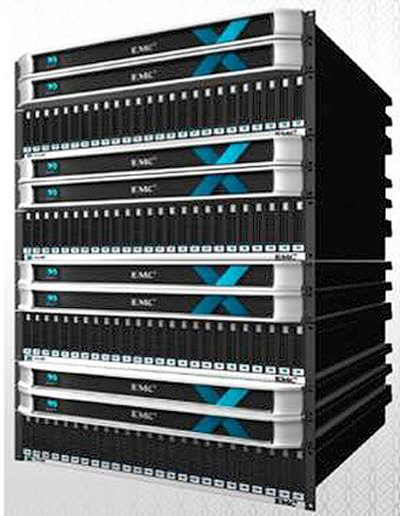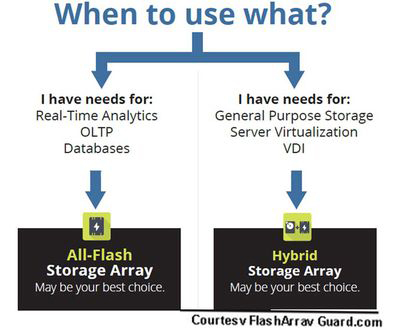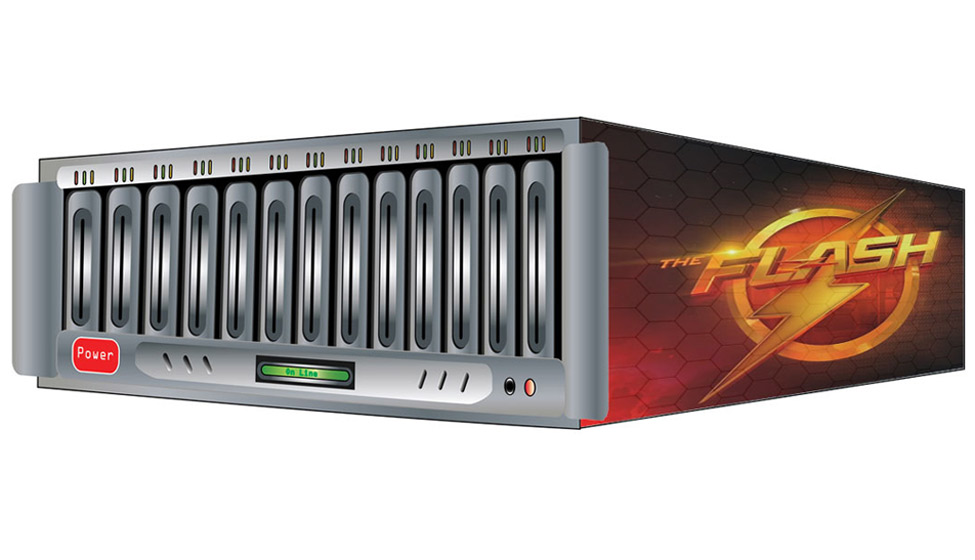The galloping pace of the digital revolution has creating an information universe that is literally exploding and set to be 20 times today's size by 2020 —or 44 zetabytes.
Just to put it into perspective with something we can relate to: a terabyte, which is a typical size of a PC hard disk today. Well, a terabyte is equal to 1024 gigabytes, a petabyte is equal to 1024 terabytes, an exabyte is equal to 1024 petabytes and a zetabyte is equal to 1024 exabytes. Think of a zetabyte as 10 raised to the power 21 bytes—or as the space occupied by 250 billion DVDs.
Enterprises contribute to this burgeoning data size by storing files and information every second. Databases and storage arrays are at the back of every corporate undertaking—as physical hardware—or as infrastructure in the cloud.
The technology of enterprise storage has remained divided between magnetic tapes ( first used with computers in 1951 to the hard disk or drive invented in 1956, At the consumer end, we are used to hard disk drives, though of late the smaller capacity disks up to 500 MB are being replaced by solid state or Flash drives—using the same technology that goes into the USB storage dongle.

GB for GB Flash has been much costlier than hard disks, which is why enterprises have been slow to use it inspite of obvious advantages like no-moving-parts and faster data transfer speeds.
But all that has changed. In its inaugural 2015-2016 MarketScape on Flash storage, IDC predicted: "All-Flash Arrays (AFAs) will dominate the primary storage market spend by 2019, opening up a key subsequent phase of evolution in the enterprise storage market."
Since then, the cost of large flash storage has plummeted—and today for the first time, many companies including those with massive storage requirements have shifted to an all-Flash solution.
A study conducted by IDC states that AFAs have secondary economic benefits of flash deployment at scale. This means they can help in reducing the total cost of ownership in areas such as:
There are fewer devices to meet performance requirements
- Much lower energy consumption and data center floor space requirements
- Fewer application servers
- Lower software licensing
- Lowered administration costs
- Much better device-level reliability
With changing market dynamics, many IT organizations are adopting all-flash arrays for enterprise primary storage.

Dell which now includes the global storage leader, EMC, declared 2016 to be the “Year of All-Flash” as solid state drives overtook traditional disk-based arrays for primary storage. Its XtremIO all-flash array, is a leading solution in the market, competing with similar solutions like Oracle's FS1, HPE's 3PAR Flash Storage and NetApp's AFF8000 All Flash offerings.
In fact When Netapp opened its new Global Centre of Excellence in Whitefield Bangalore in January this year, that became for the US company, a major source of innovation in cloud and flash storage. Spread over 15 acres of land, the new development centre houses the company’s largest R&D centre with around 2000 engineers.
The irony in all this, is that the big storage players like Dell-EMC, Oracle, HP and NetApp switched to a predominantly flash storage regime only after dozens of smaller players had shown the way.
This is not to suggest that hard disks will roll over and die. There are many situations where it still makes better fiscal and technical sense to go hard on your drives. This illustration shows the tradeoffs.
Tech note: An all-flash array is a data storage system that contains multiple flasgh memory drives in place of spinning hard disk drives, allowing for faster data transfers and more efficient use of data centre resources like rack space, power, cooling and staffing.





